Appila Springs Camp Site
A natural haven in South Australia’s heartland
The remarkable geological formations and abundant wildlife of Appila Springs create an unforgettable camping experience. This serene camp site offers basic facilities while showcasing some of South Australia’s most fascinating natural features.
My recent overnight stay at Appila Springs revealed a peaceful camping area with essential amenities including toilets and picnic tables. The lower area near the spring (which had water) provided an ideal spot beneath shady trees for setting up camp. While the site requires bringing personal water supplies and firewood, the pristine condition of the grounds impressed me.
Ancient geological wonders
The limestone formations dominating Appila Springs tell a fascinating story spanning 900 million years. These ancient sedimentary structures were formed when the area lay beneath a vast sea, with glaciers and water movements gradually depositing layers of mud and lime.
The western face of Appila Springs features striking metamorphic rock formations, created through intense geological pressure. These robust structures have withstood centuries of erosion, standing as silent sentinels to the area’s dynamic past.
The springs themselves emerge from a complex network of aquifers – underground water-bearing porous stone. These natural water systems filter through the limestone, eventually surfacing as springs. The Tarcowie Hills play a crucial role in this process, with rainfall replenishing these underground reservoirs.
Wildlife encounters
The thick vegetation along the creek feeding Appila Springs provide an ideal habitat for diverse reptilian species and birdlife. During warmer months, these areas transform into a haven for eastern brown snakes, sleepy lizards, and blue tongue lizards. The brown camouflage of the grasslands offers perfect protection for these remarkable creatures.
Along creek lines, tawny dragons add splashes of colour to the rocky outcrops. Male dragons display vibrant shades of orange, blue, and yellow during spring breeding season, while maintaining clever colouration patterns to avoid predatory birds.
The Adelaide snake-lizard represents another fascinating reptilian resident, mimicking juvenile brown snakes while remaining completely harmless. This clever adaptation showcases the remarkable evolution of local wildlife.
Amphibian indicators
The presence of frogs at Appila Springs serves as a positive sign of environmental health. The common froglet’s cricket-like chirping provides a delightful soundtrack, while spotted grass frogs contribute to the area’s biodiversity. These amphibians play a vital role in controlling insect populations and maintaining ecological balance.
Bird watching opportunities
As the sun set the trees above me were the trees under which I had camped provided a natural resting place for flocks of noisy Galah and White Corella, providing much entertainment as I settled down to my meal. In the morning they returned along with the antics of apostle birds, whose noisy squabbles around my feet and social behaviour provided endless photo opportunities. Their presence, along with other native bird species, really enhanced the natural beauty of this special location.
However, the preservation of Appila Springs relies on our thoughtful camping practices. The site’s guidelines emphasise avoiding reed beds to protect both plant life and dependent wildlife. Proper rubbish disposal ensures the springs remain pristine for future generations.
Conclusion
Appila Springs Camp Site offers a perfect base for exploring South Australia’s geological and natural heritage. Located just 46 kilometres from Melrose and 35 from Jamestown, this tranquil spot provides an ideal stopover or destination in itself. The combination of ancient rock formations, diverse wildlife, and peaceful camping conditions creates an enriching outdoor experience in one of the state’s most intriguing locations.
- Enjoy swimming in a rock pool
- Camp out under the stars

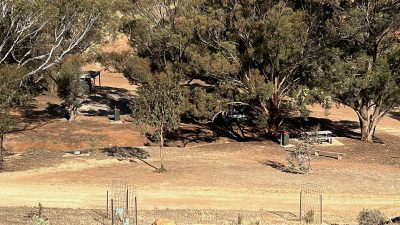
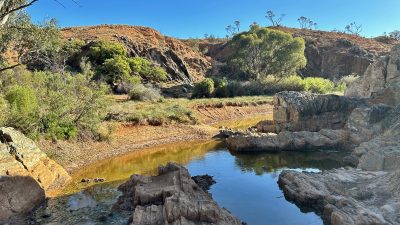
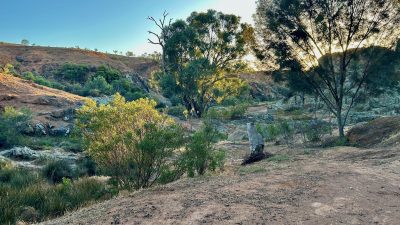
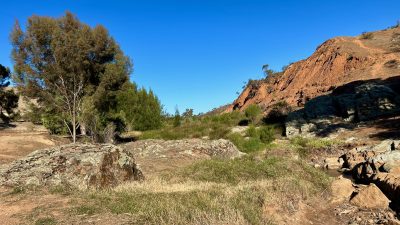
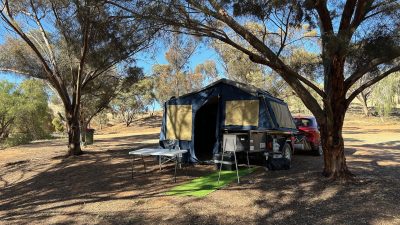
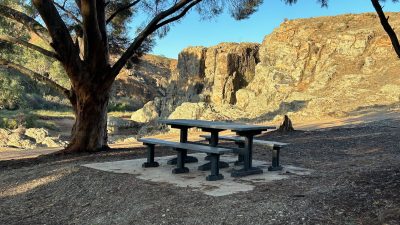
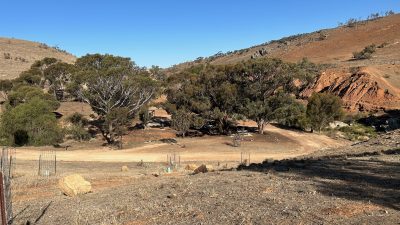
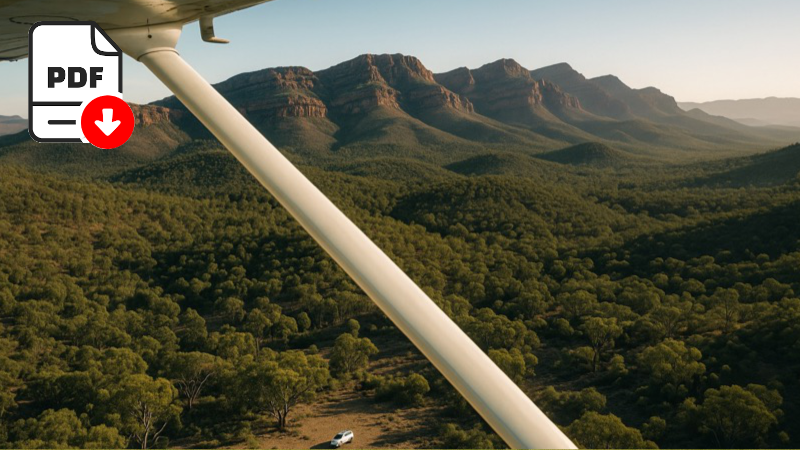


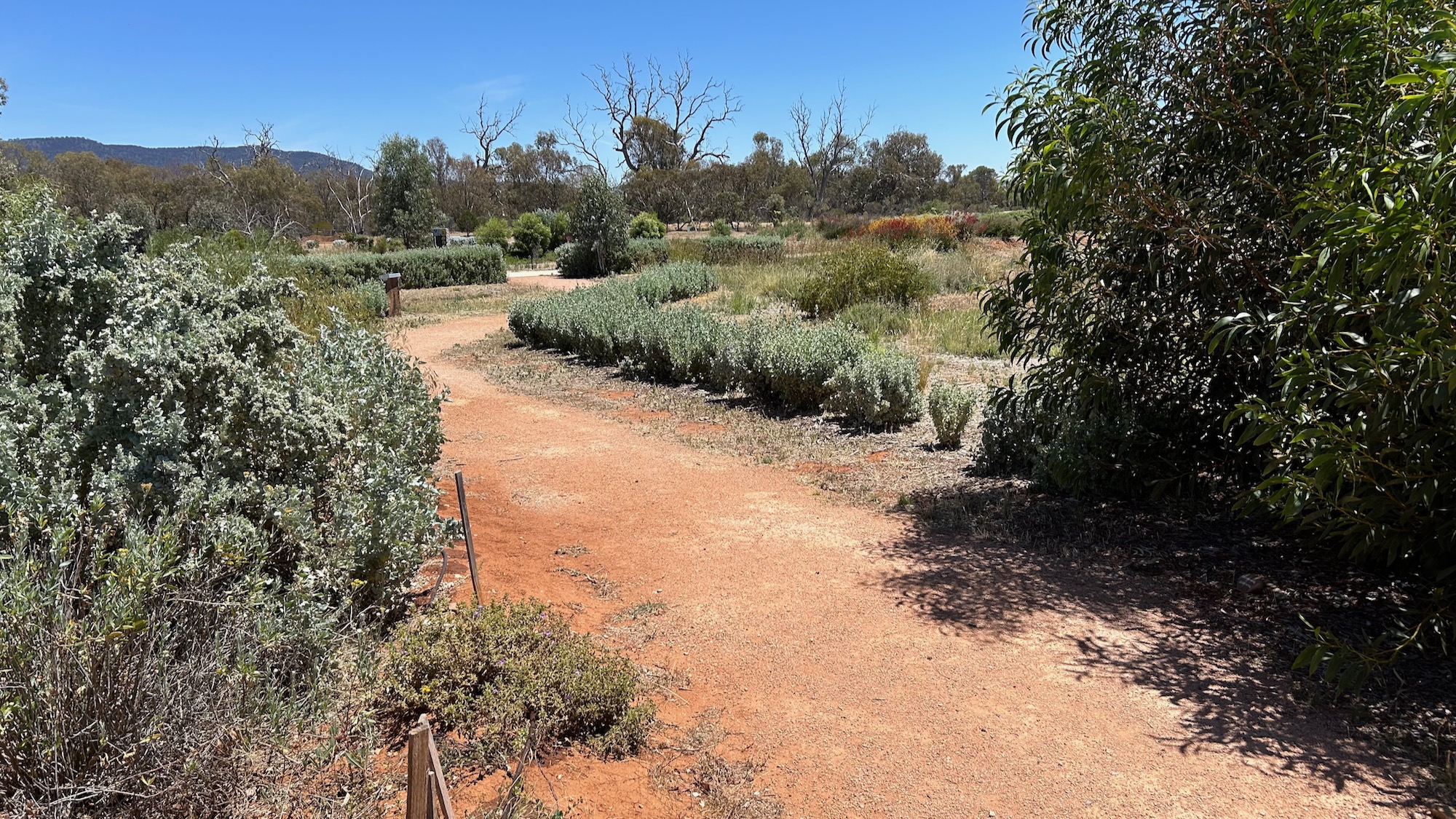

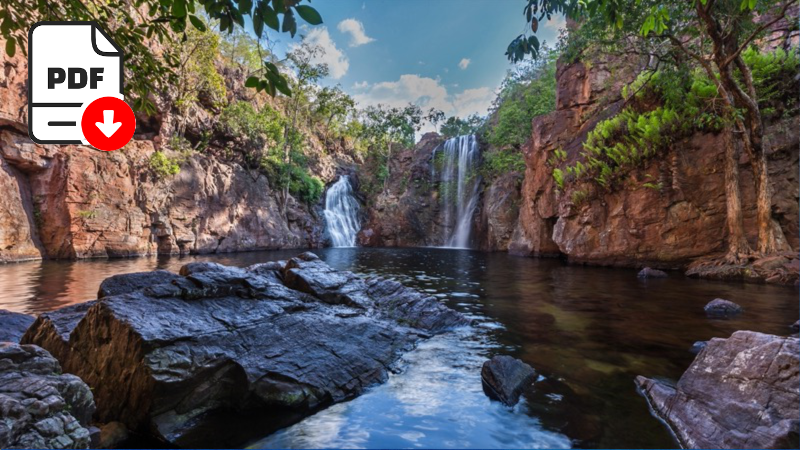
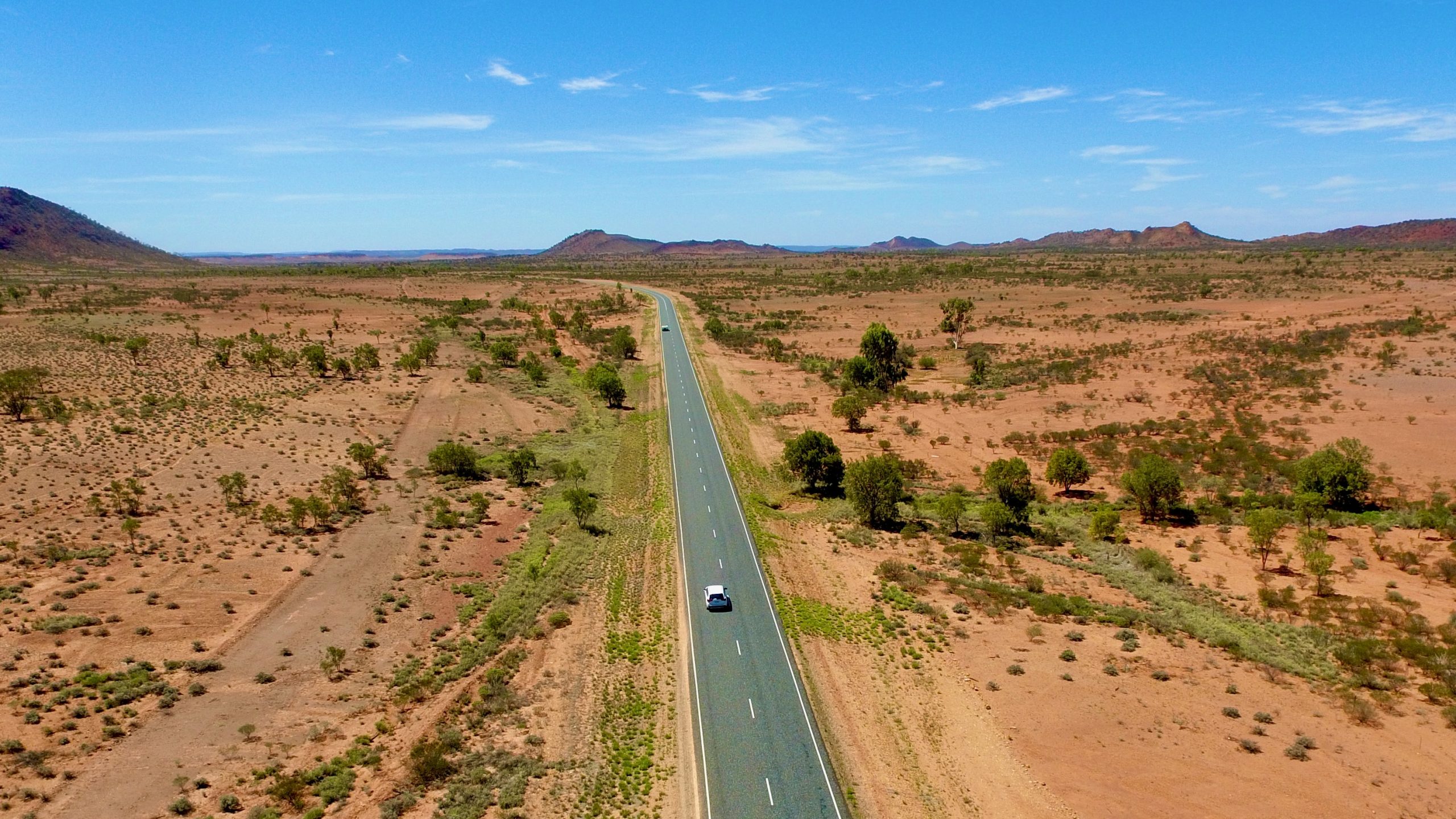
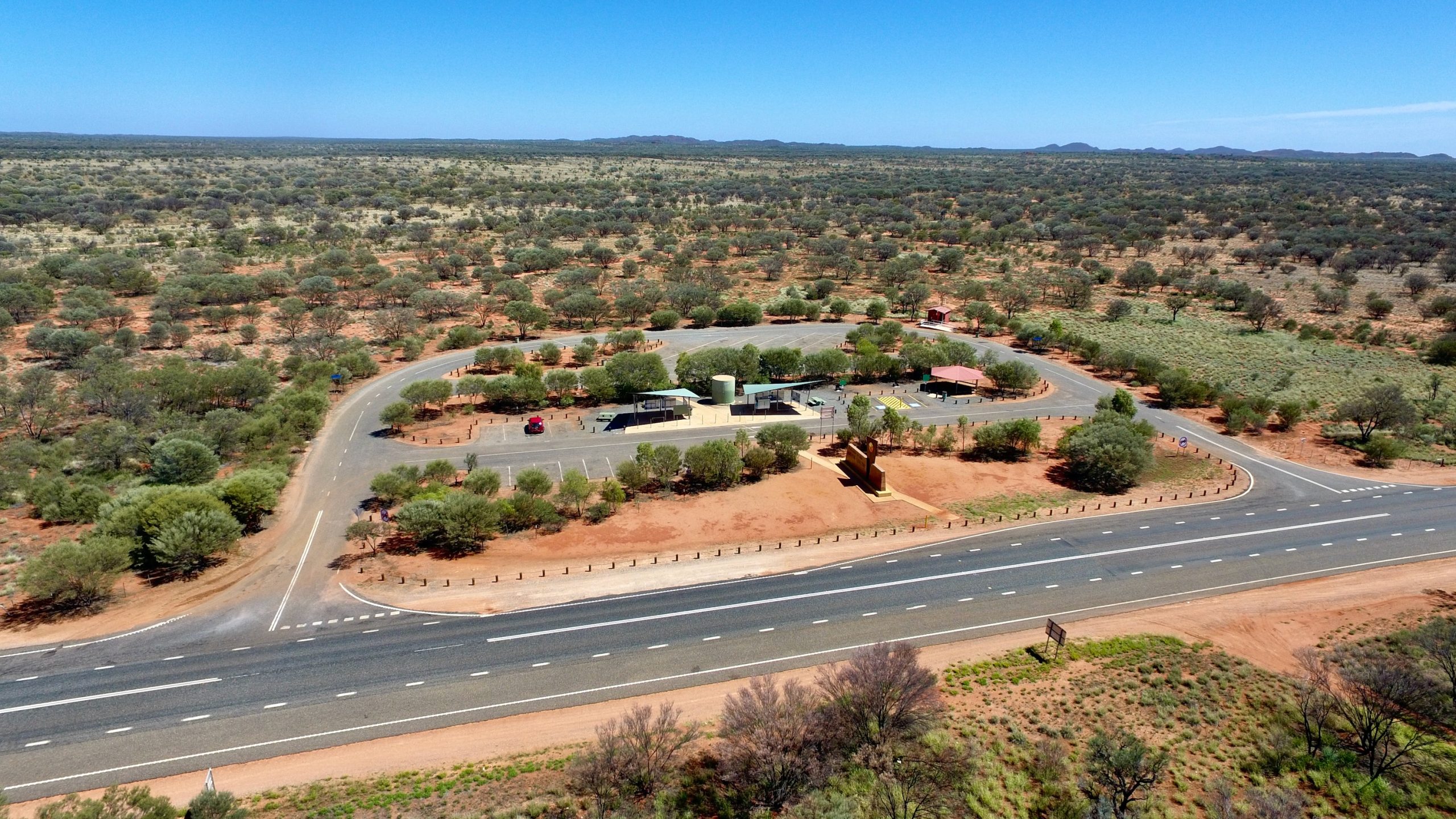
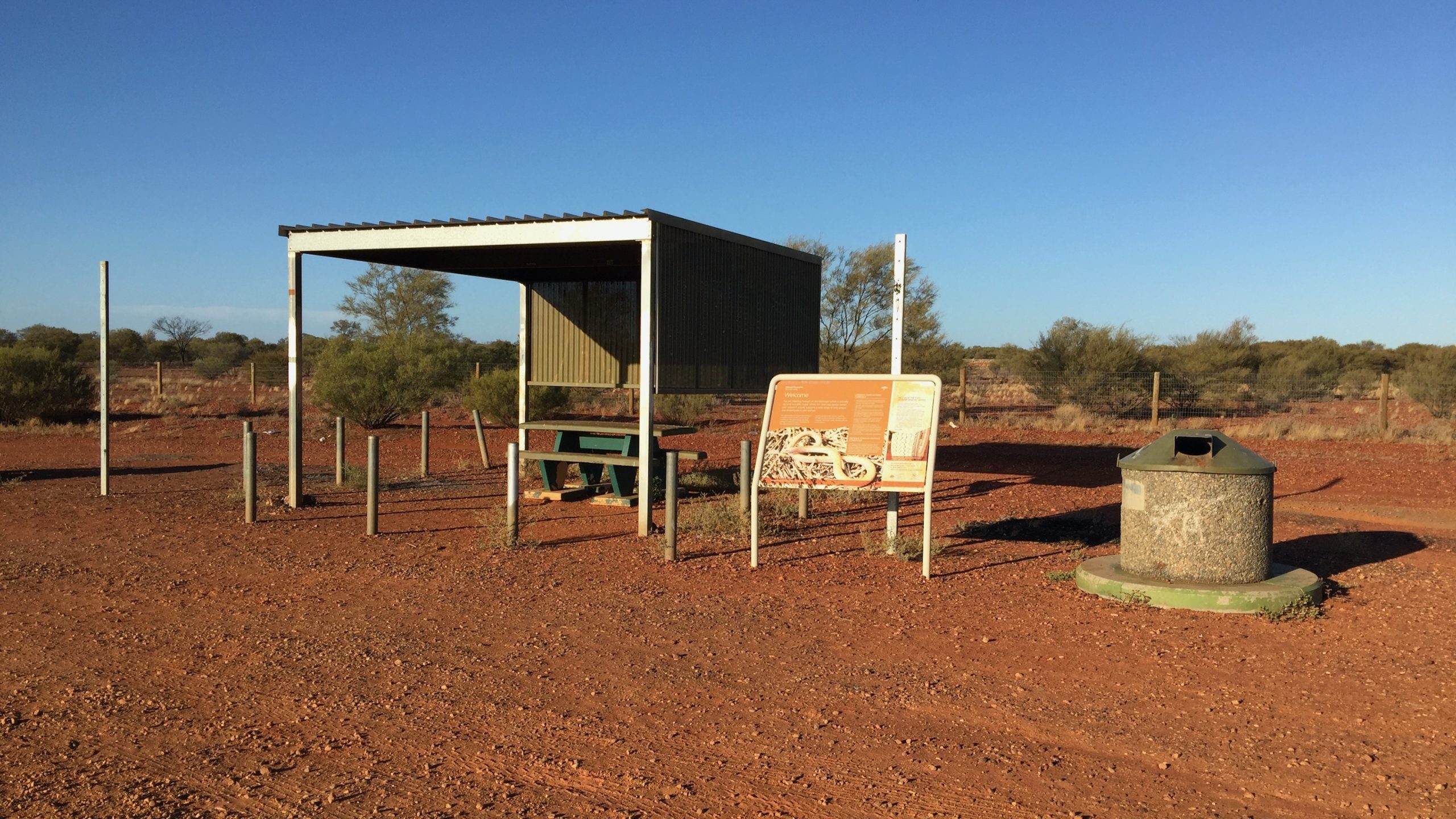
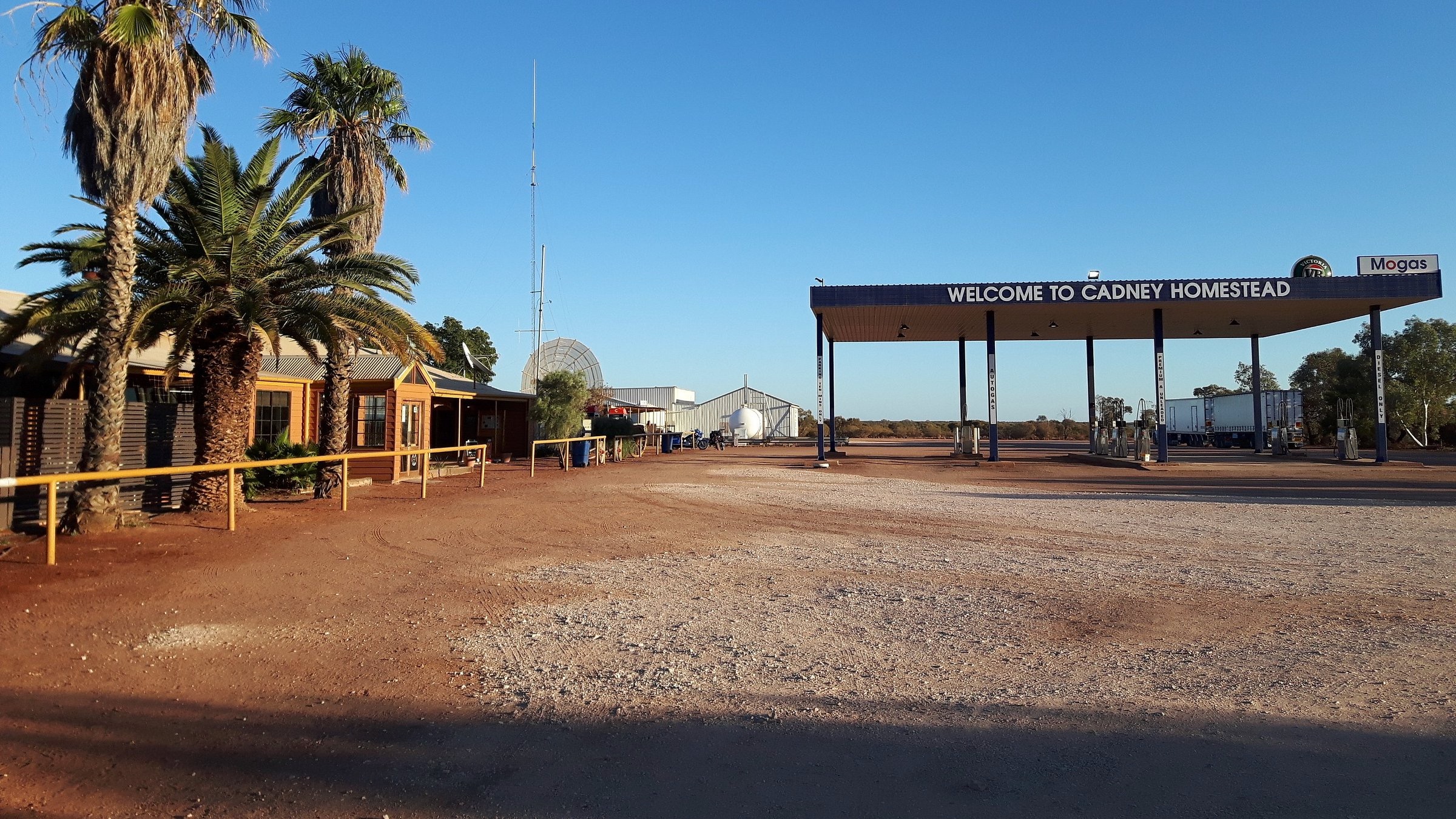

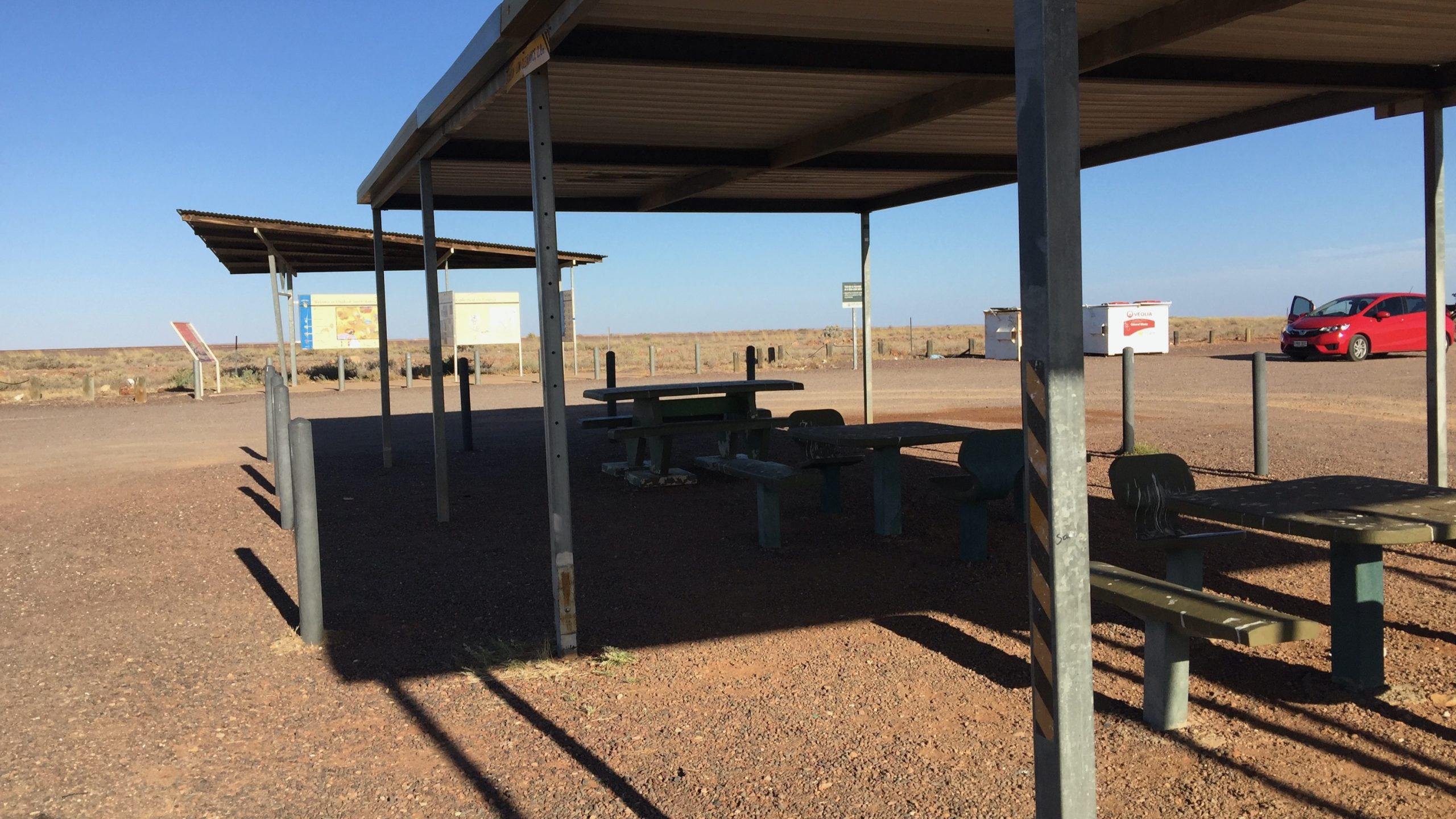
Leave A Comment